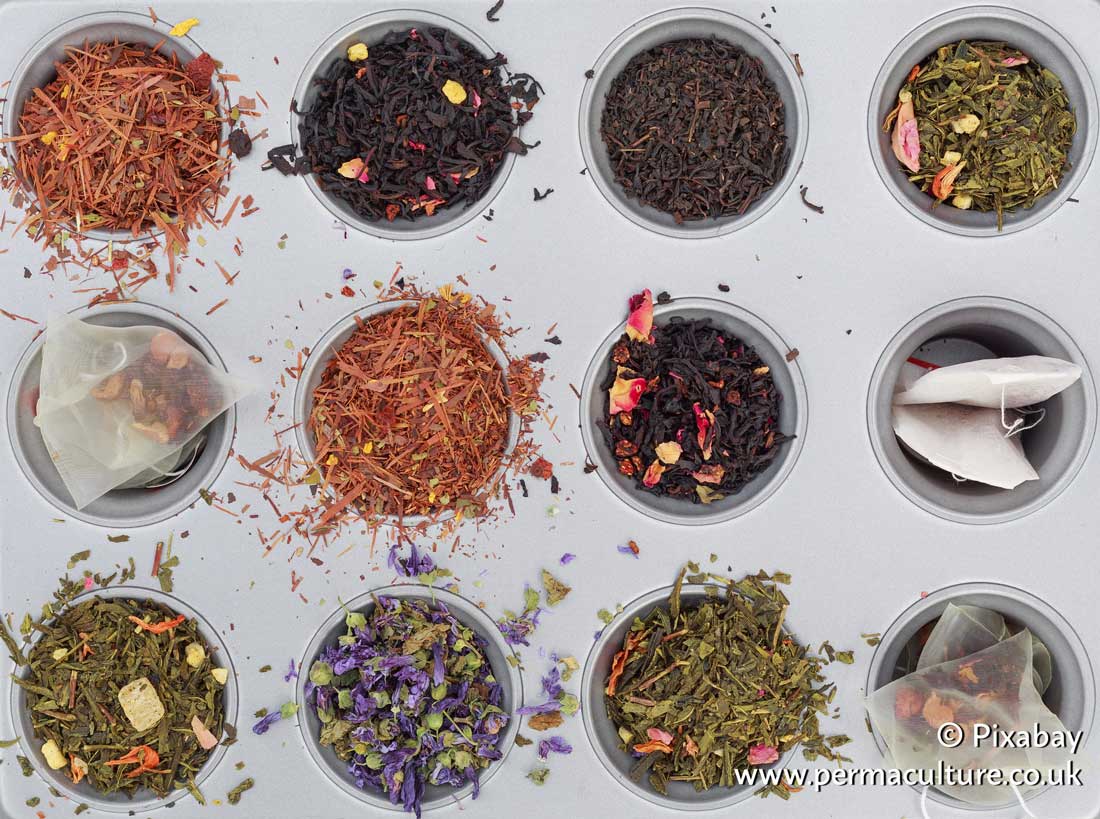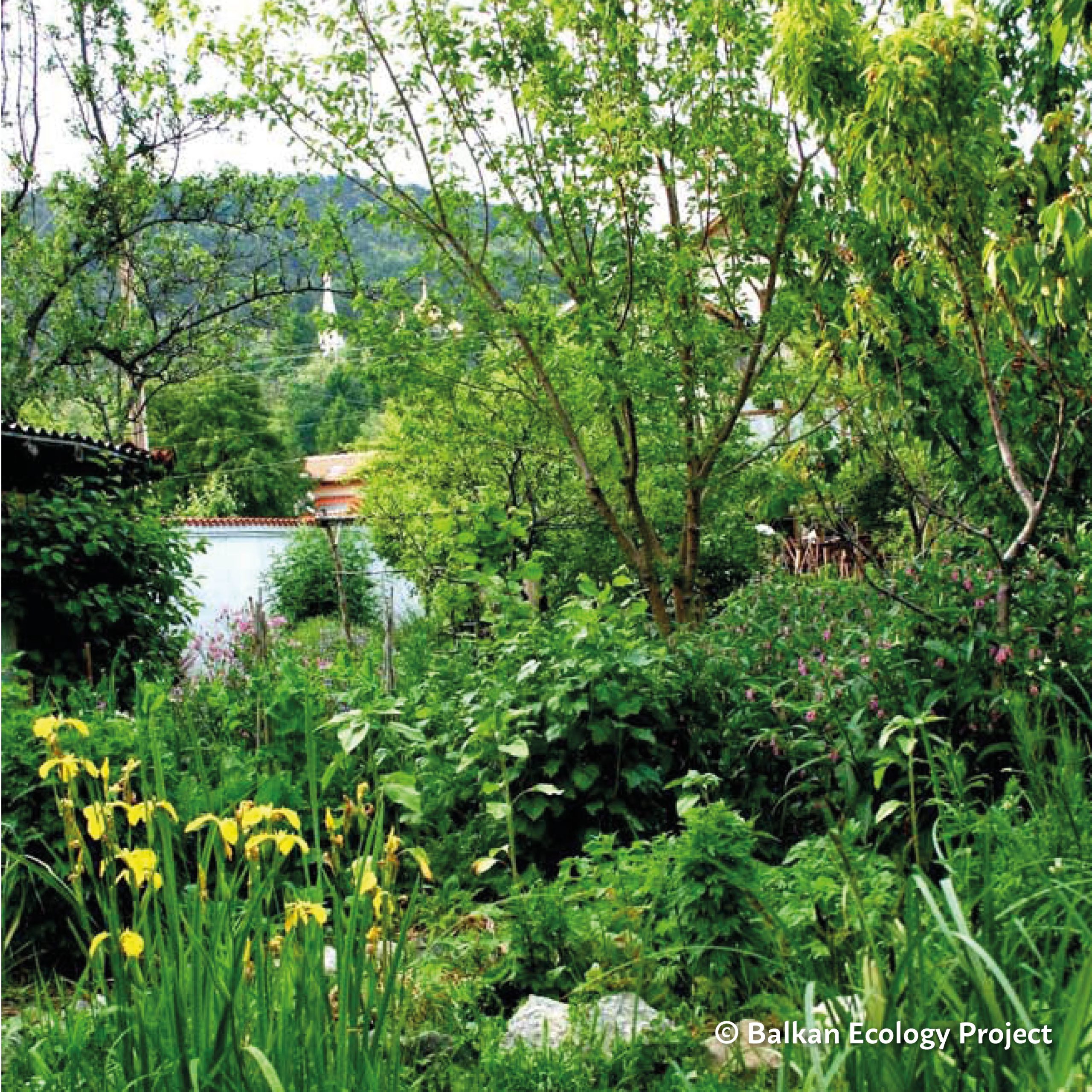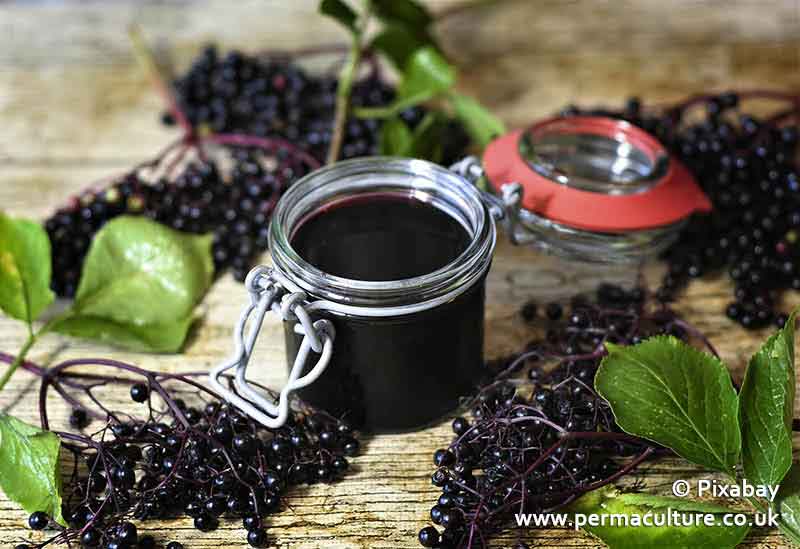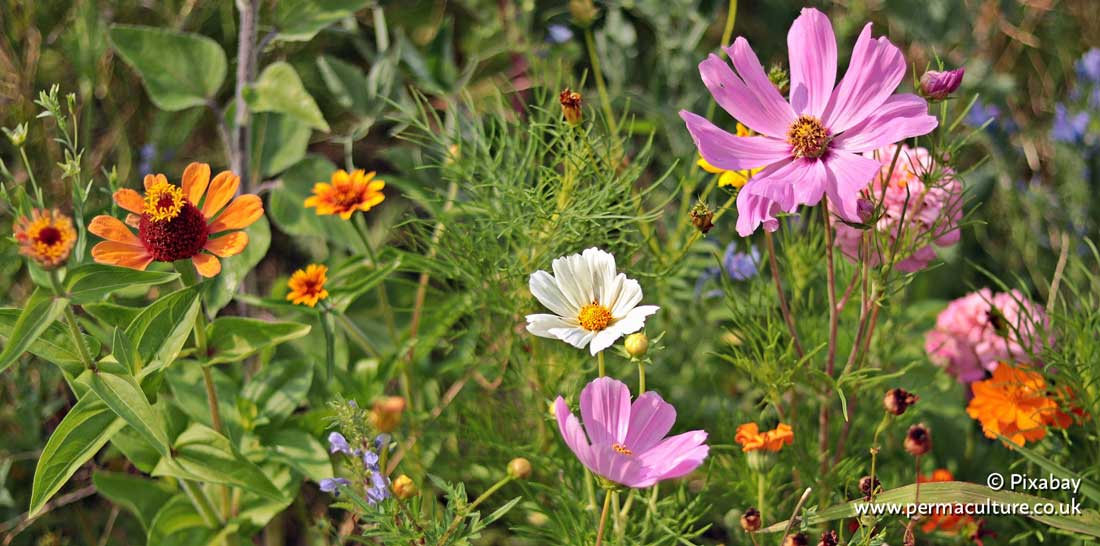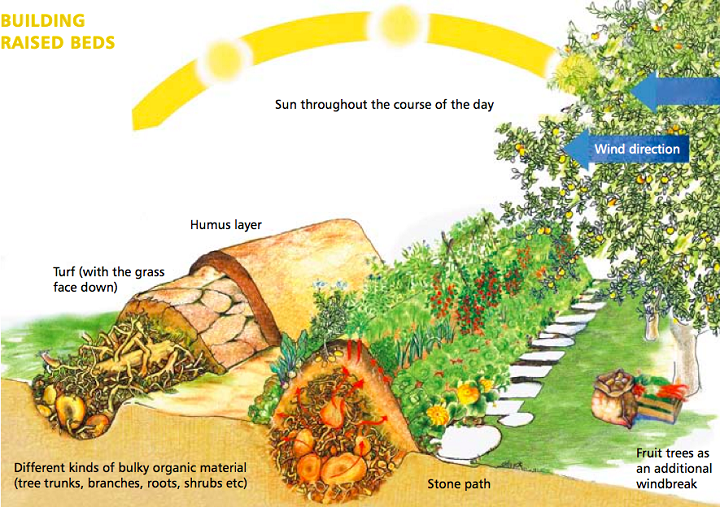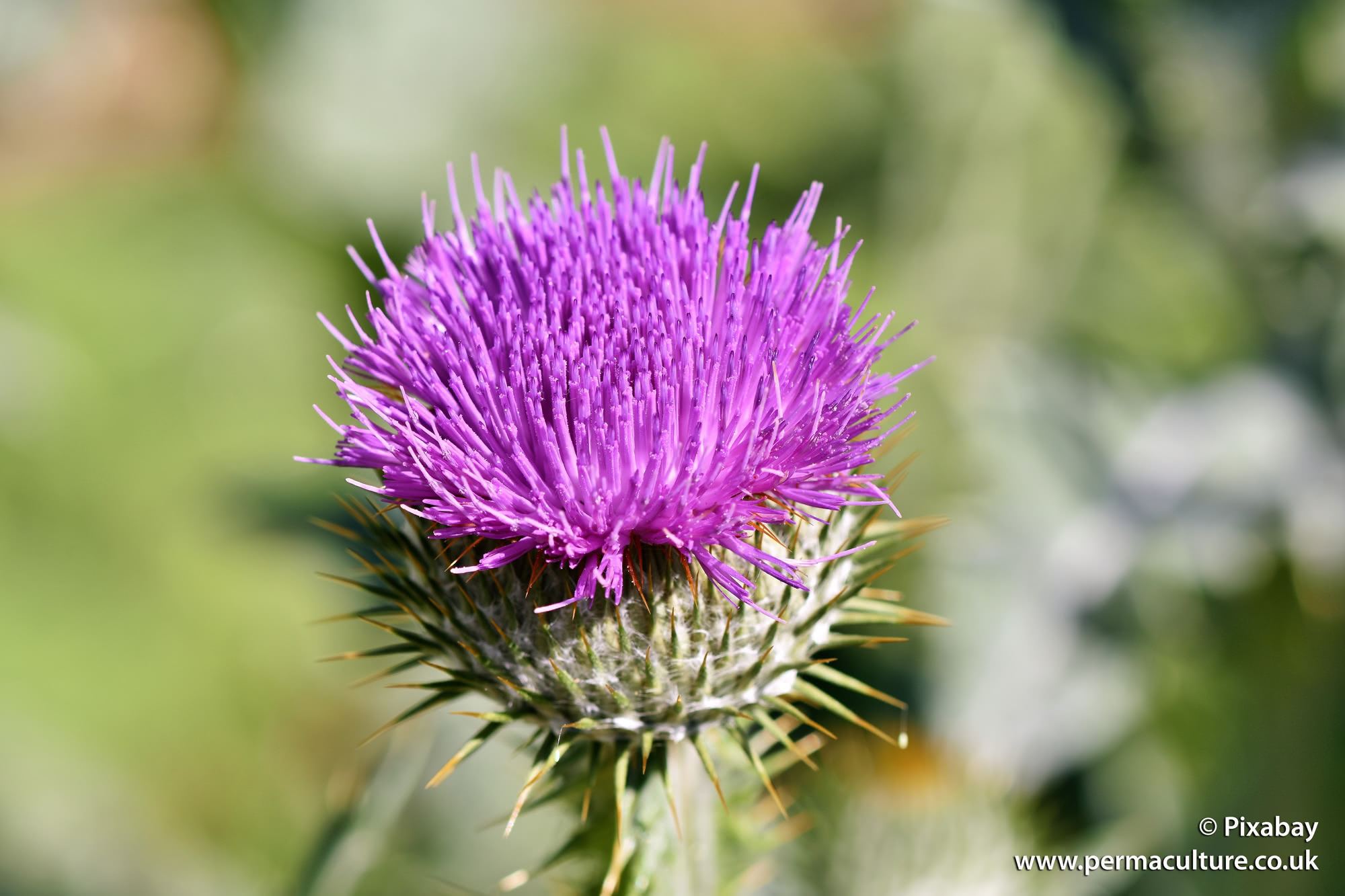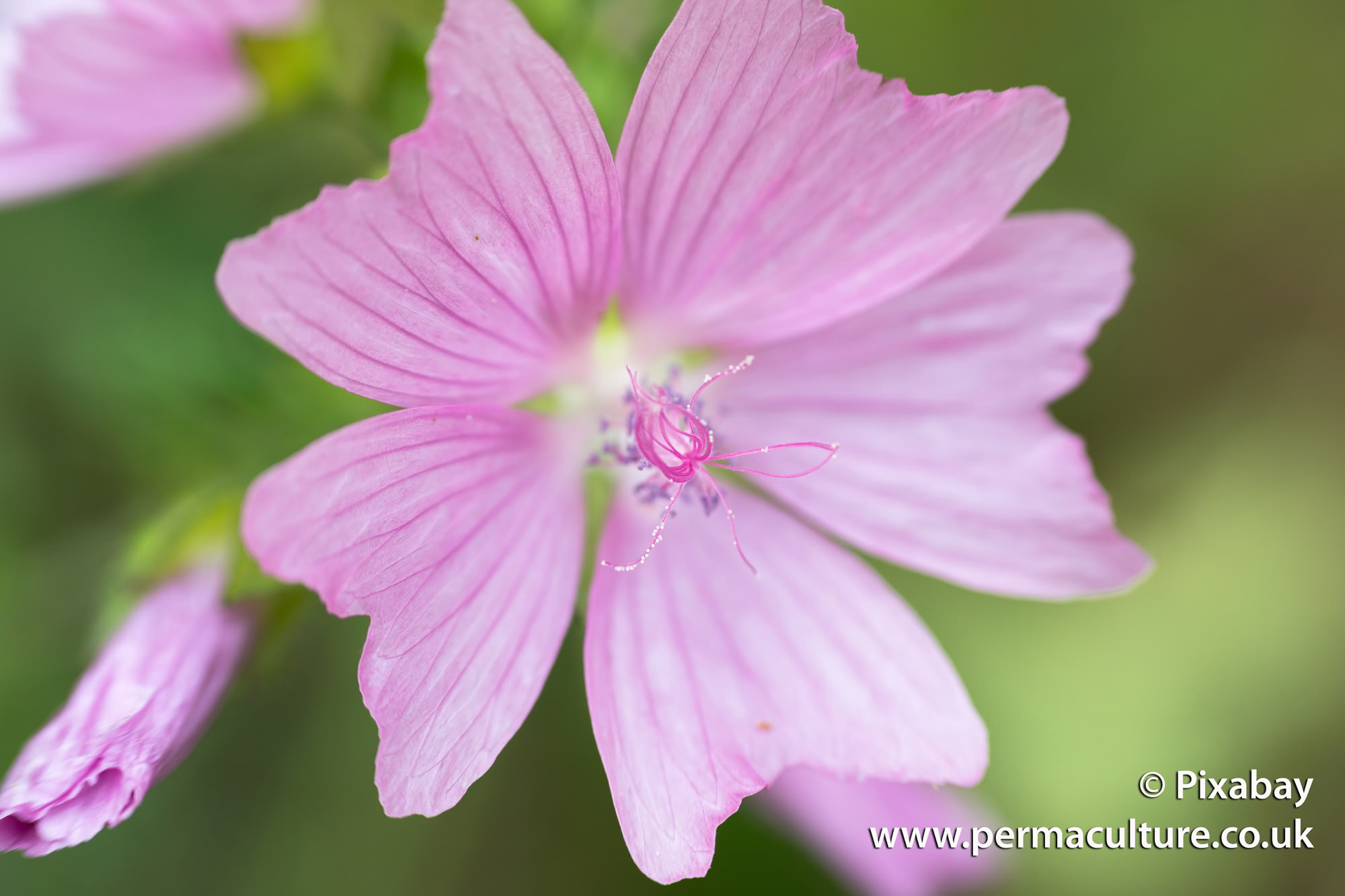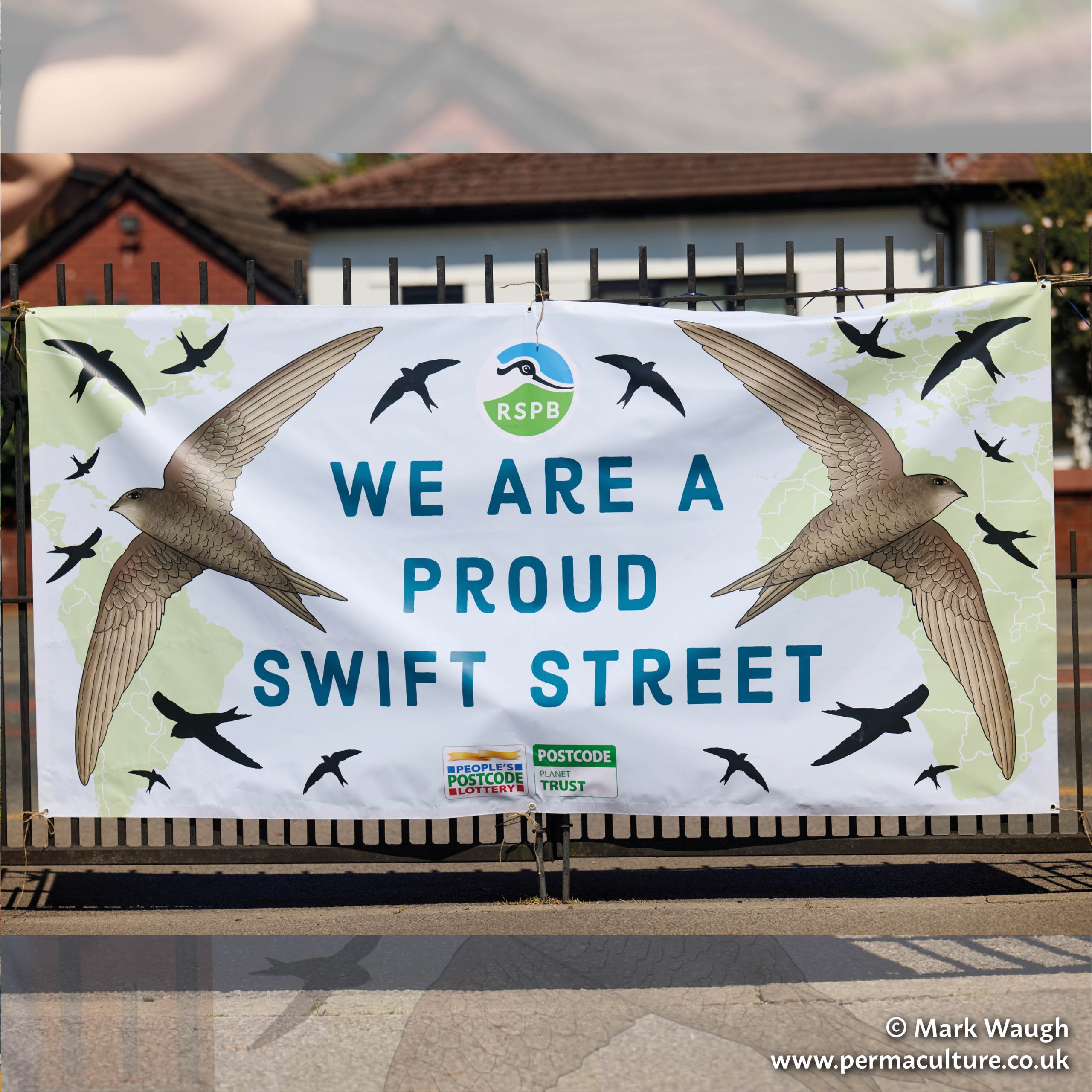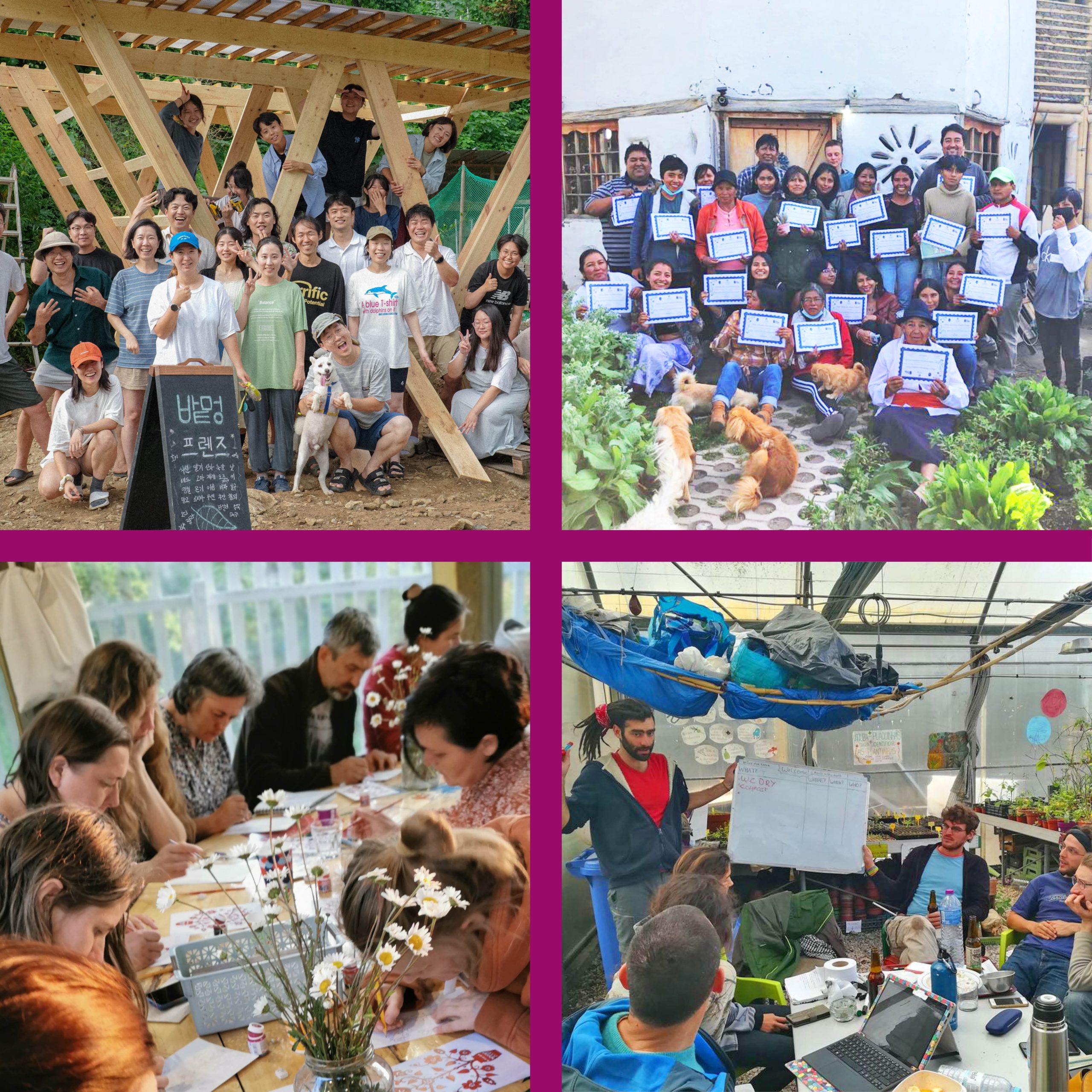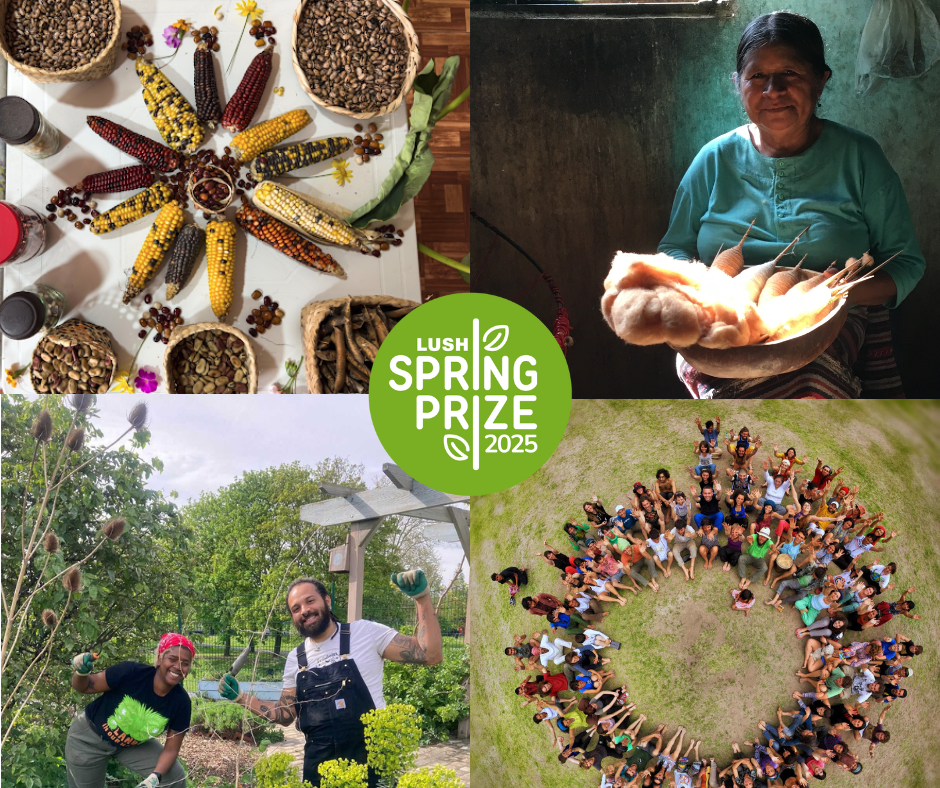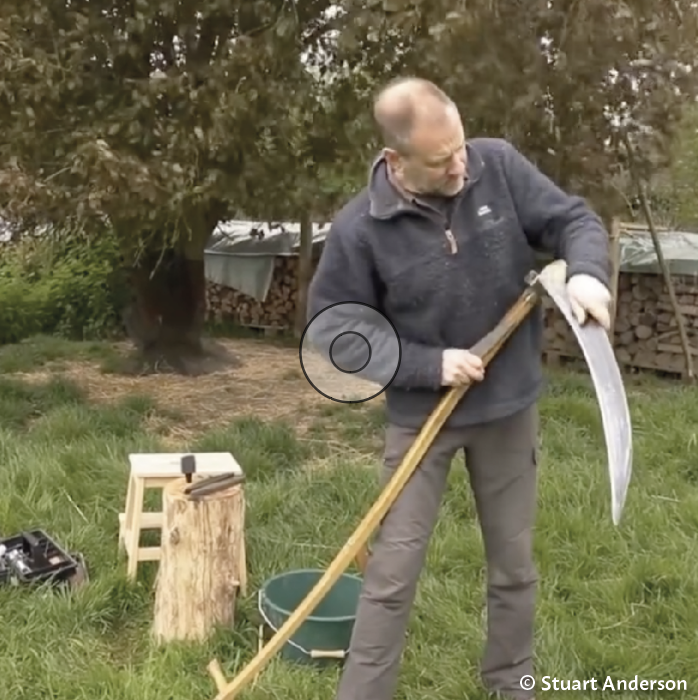After my dad died suddenly in an accident in 2014, followed by two other unexpected bereavements – I experienced a slow, definite, graceful collapse into burnout. Over a matter of weeks I went from being an extremely busy and capable community development consultant to being curled up lost and exhausted on my sofa… for several months. At my darkest times, I assumed that I would never work again, because the one thing I didn’t seem to be able to manage was thinking. What sort of job could anyone do without thinking?
Somehow, as is the way of these things, there was still present in me a little spark of wisdom, very very quietly whispering me of the window and back into nature. I mentioned in passing to my local singing group that on my list of things to manage before I turned 50 was to grow something to eat – I remember many of them fell about laughing, exclaiming “but that’s so easy!”.
I realise now that the leader of the group – Marguerita – was the perfect embodiment of one of my now favourite lessons from permaculture, that the best fertiliser is the footsteps of the farmer. Somehow, on her own, she was cultivating, apparently effortlessly, not just the most astonishing garden, but also some neighbouring land and an allotment. When I asked her how she managed it she said that she goes out every day to enjoy it, and whilst she is there, often with cuppa in hand, she does a lot of noticing and a little bit of tweaking here and there. That was my first insight, understanding for the first time that growing didn’t have to be a battle but instead could be a flow and that it could, and in fact should, start with quiet enjoyment and observation rather than sweat, backache and complicated tools. I genuinely still didn’t know where to begin however, and, still lacking energy and positivity, that became a vicious circle of inertia.
One day Marguerita came round and quietly led me to a neglected bed. It was mostly opportunistic weeds and dry stony ground. In a couple of minutes, she had cleared a very small patch and with her finger drew a shallow trench about 2 feet long. She simply pointed and said, sow some radishes in there. I was still full of questions and doubts – it can’t be that easy.
For a start, how would I know what was radish and what was weed? She shrugged and said that’s why we plant in a straight line. In all probability, anything that germinates exactly there is a radish, and by the time you’ve got two leaves or even better four, you’ll be able to recognise them as something a little bit different from everything else in the bed. “But how will I know when they’re ready? What if I take them up too soon?” “Oh you’ll know” she said with a smile. And of course, as you anticipated, I quite quickly was first amazed and then delighted to see tiny leaves appear without the need of anything but a little water from me. And then, genuinely feeling like Jack looking for his Beanstalk, one morning I came out and it seemed that overnight huge healthy radishes were suddenly sprouting, bursting, glowing red above the soil, inviting me to eat the first food I had ever grown.
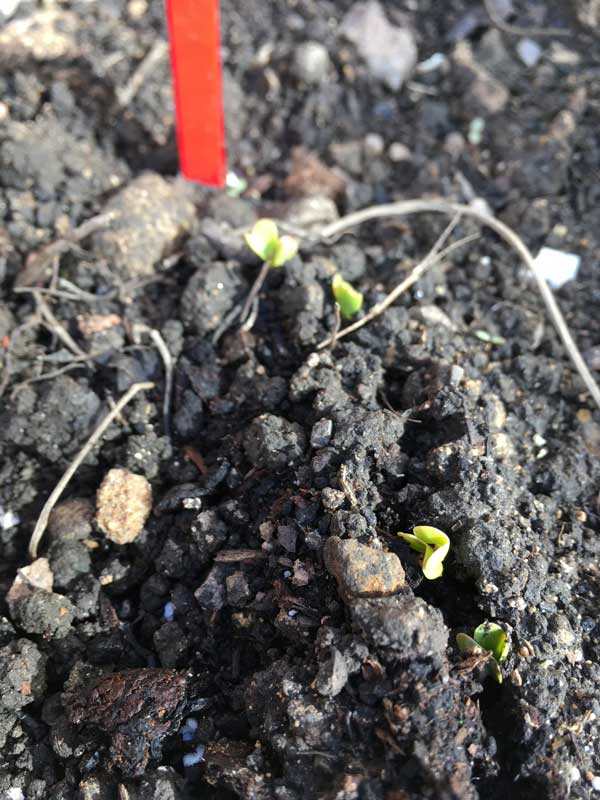
Fast forward four years, and I now help teach our local ‘Intro to Permaculture’ course. Those radishes led me directly to take the Permaculture Design Certificate, and my perception of both the potential inside me, and in the world around me, shifted radically, and permanently. And ironically, what struck me the most was this instant recognition that permaculture was as much about people in the picture, as it is about plants. As I was burning out I was like a desperate farmer, trying to grow a monoculture crop on land that was severely depleted and never having time to lie fallow and be truly replenished. As my crop, my yield, got smaller, I just kept working it harder, not understanding that rest and replenishment wasn’t an optional extra to do when I had the time; it was as vital to my system as eating and drinking.

I’m pleased to say, I’ve grown a lot more food to eat since then, and in fact surprised myself further by falling completely head over heels in love with rescue hens too – who knew that you could see a chicken’s soul in its’ eyes? More than that, I learnt the hard way to attend to myself, my zone 00,* with at least as much TLC as those radishes. Never a day goes by when I sink my teeth into something delicious that has come forth from seed that it is any less miraculous than that first peppery bite.

* “As for zone 00 design, it aims at managing our inner landscape so that we become capable of inhabiting our environments in a restorative (or, at the very least, non-destructive) way. And that inner landscaping work digs into relationships, emotions, health, mind, spirituality, politics… whatever you may need to function well.” www.permaculturewomen.com/what-is-zone-00-design-and-why-should-you-start-yours
7. Small Scale Intensive Systems – an original permaculture principle
What is Permaculture: Part 1 – Ethics
Design Your life With Permaculture: 9. Use Small and Slow Solutions
Shila Brown is one half of www.muckandmagic.com – providing permaculture training and support in Stroud and around, specialising in small spaces.
